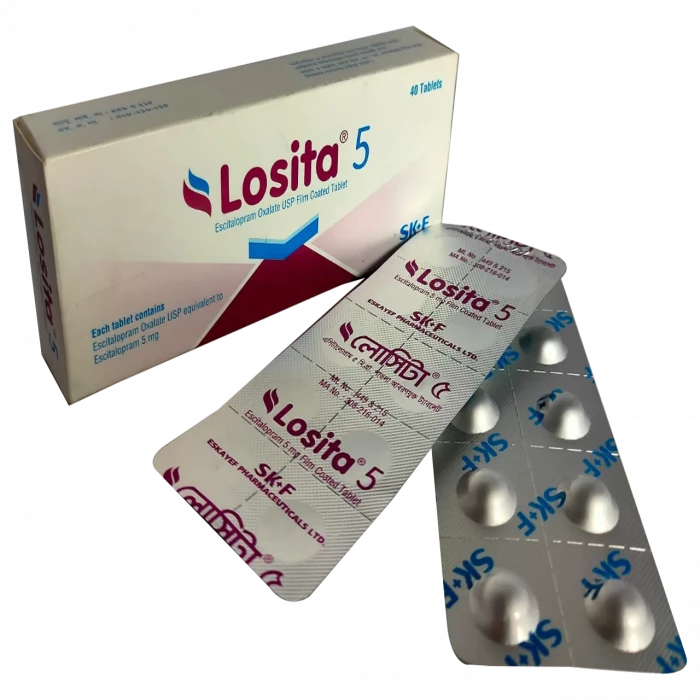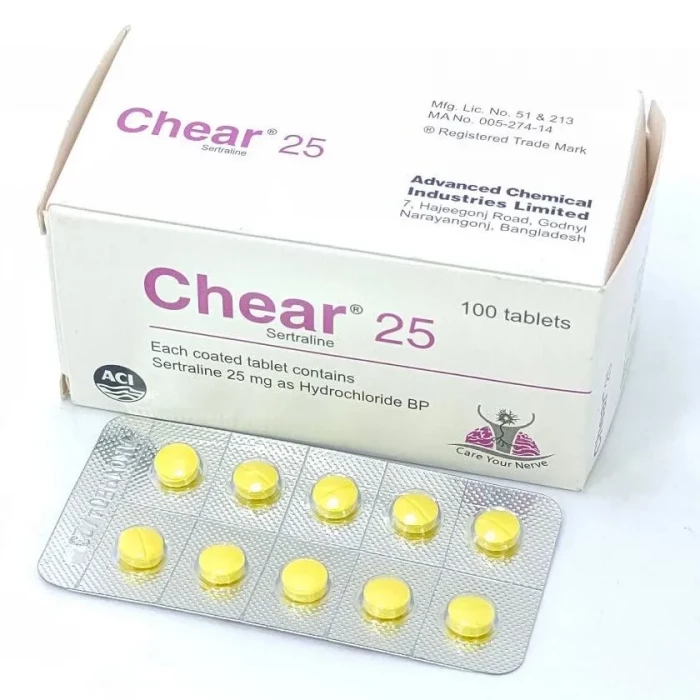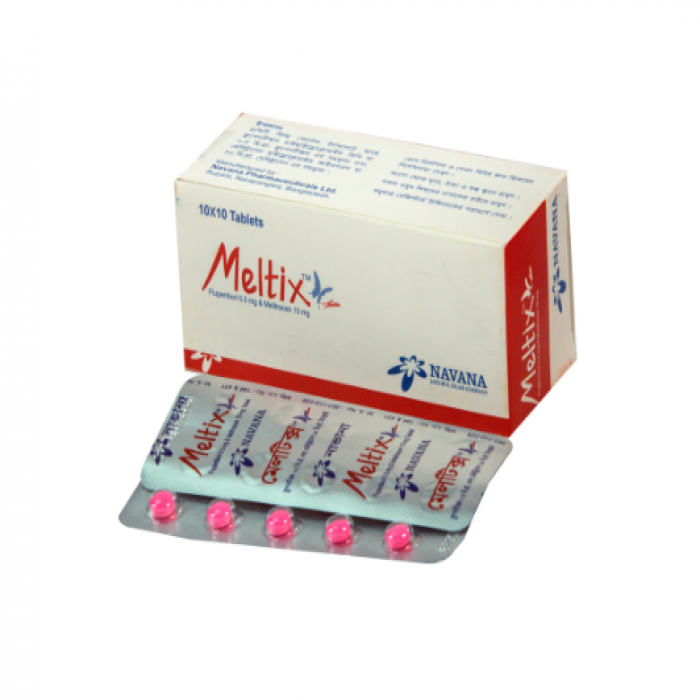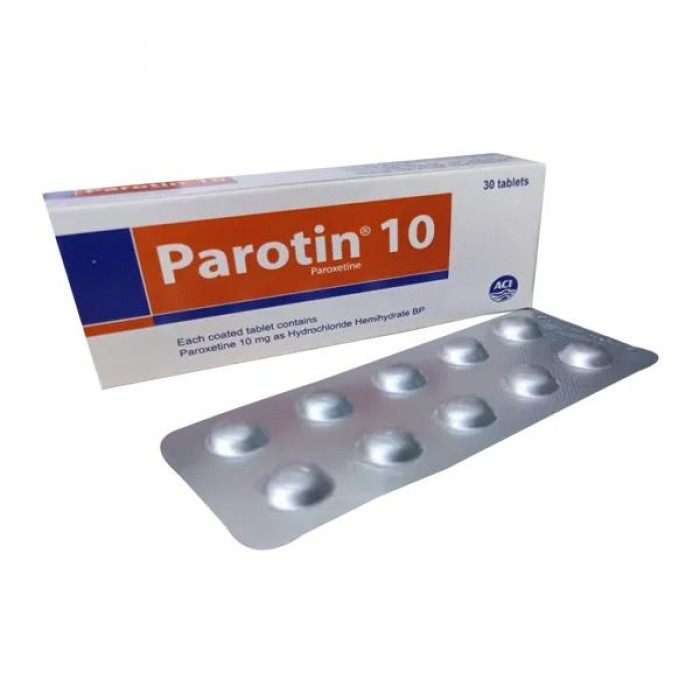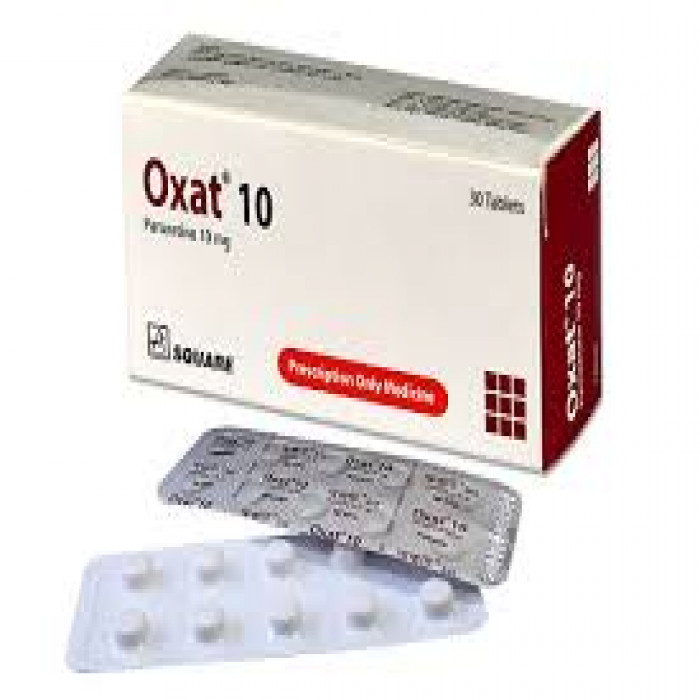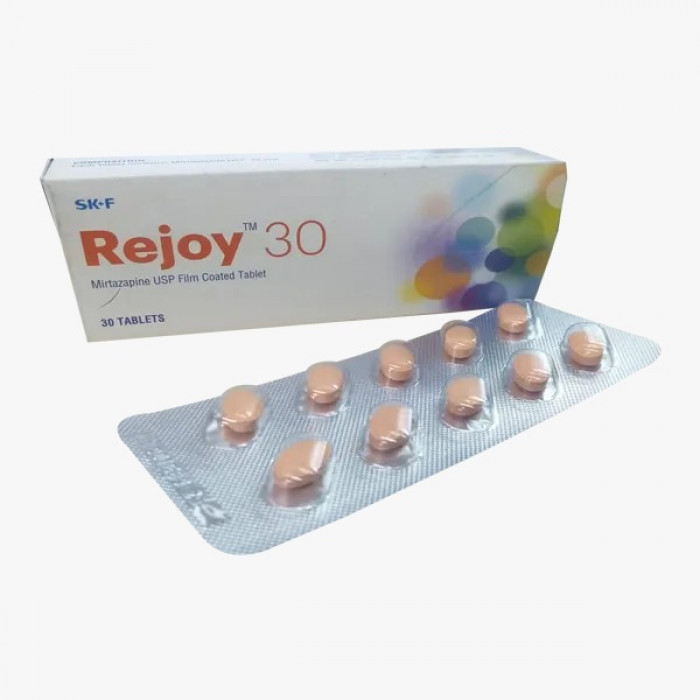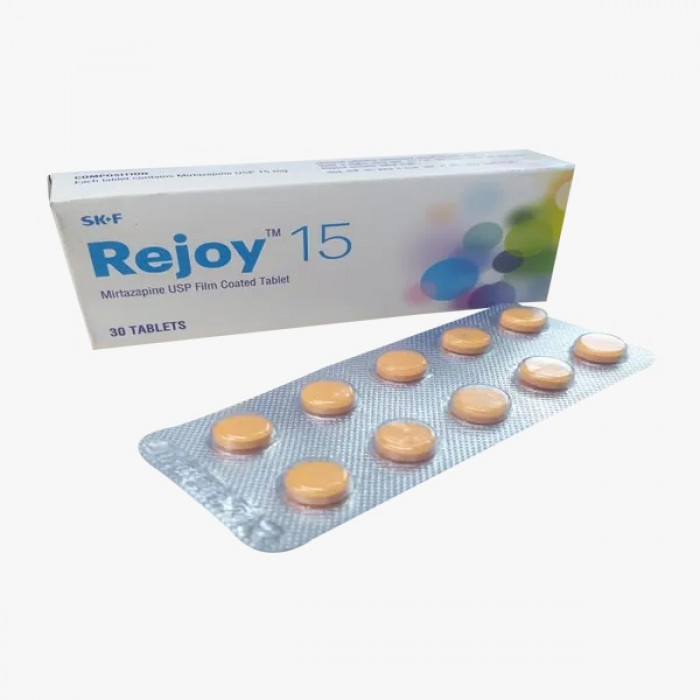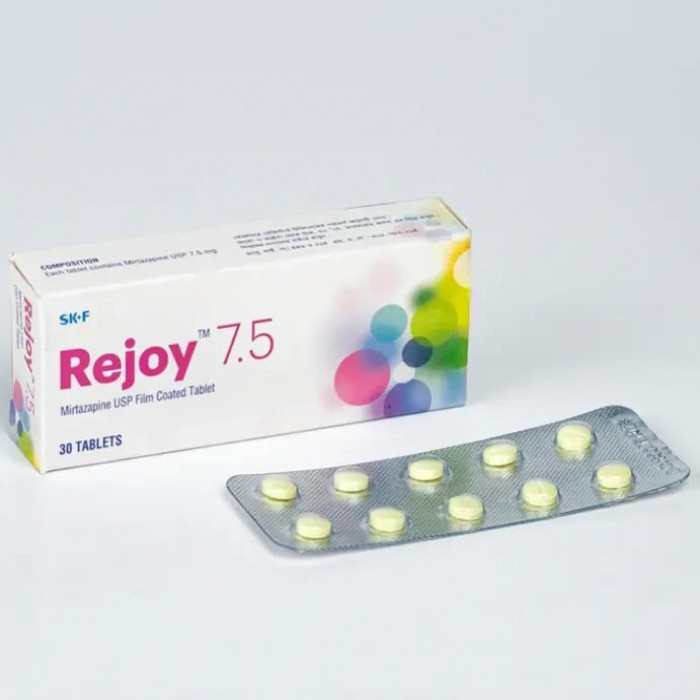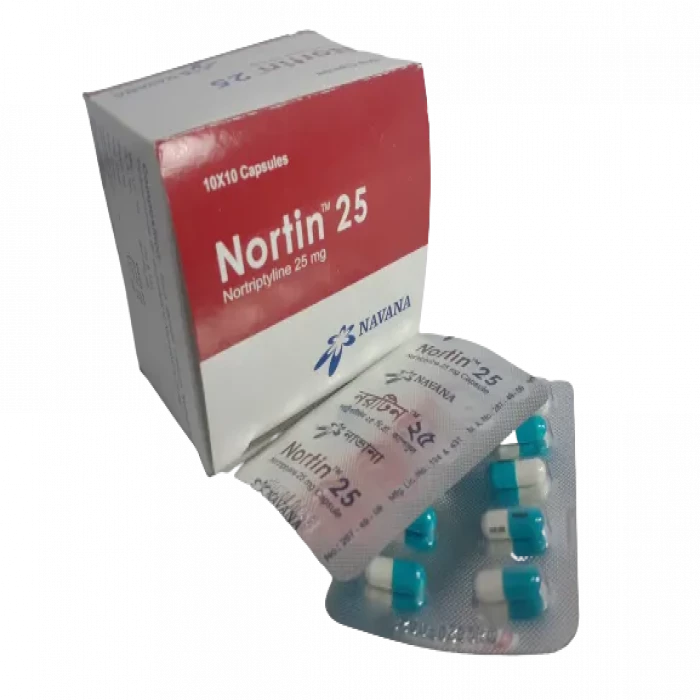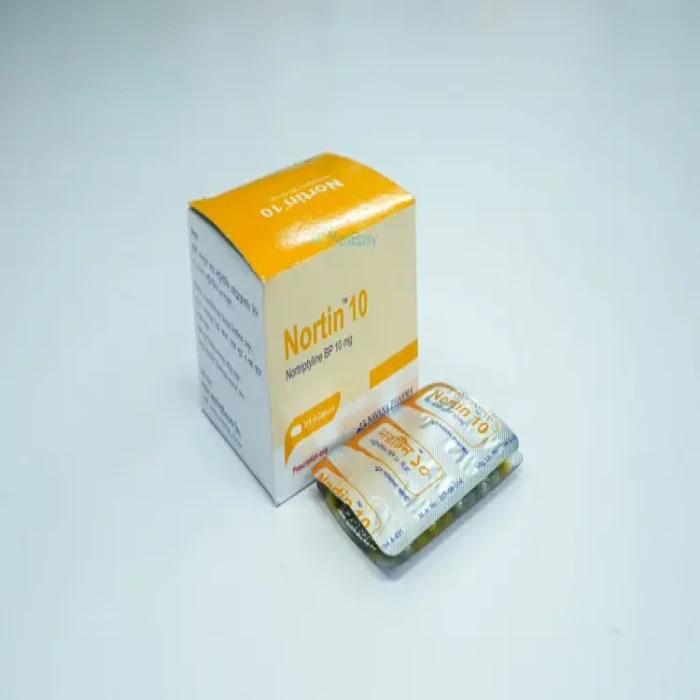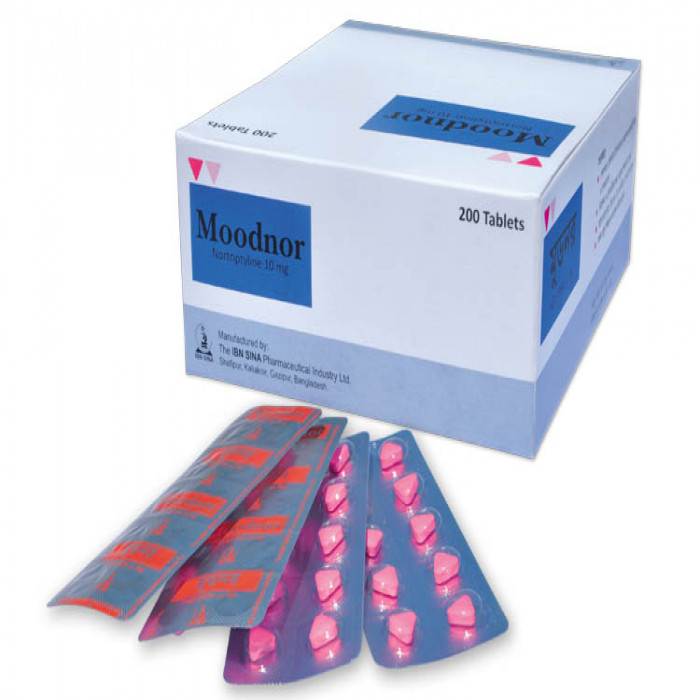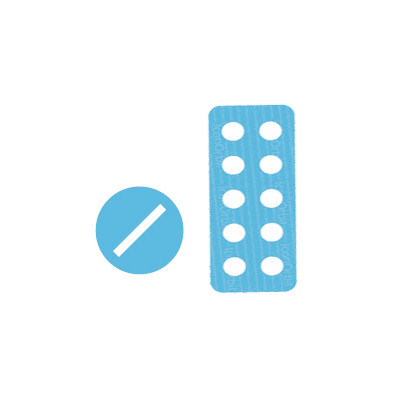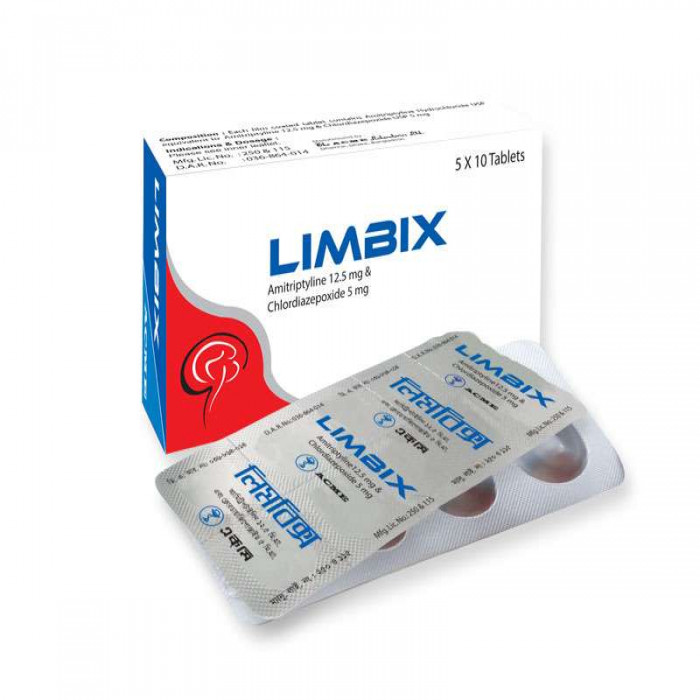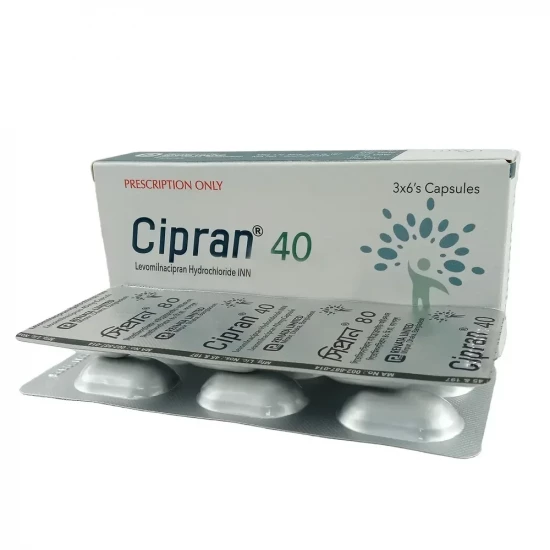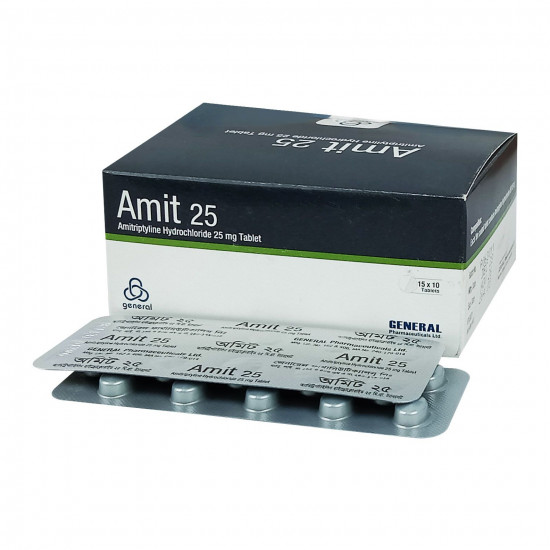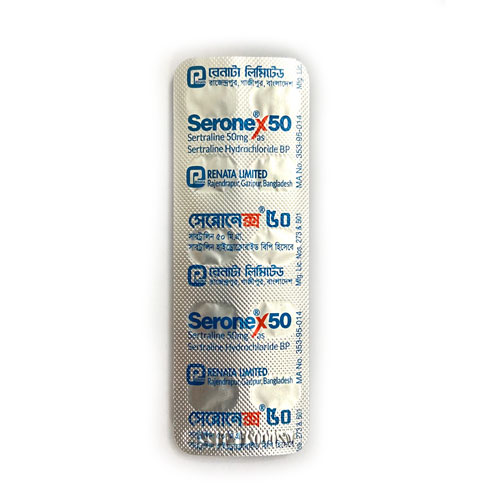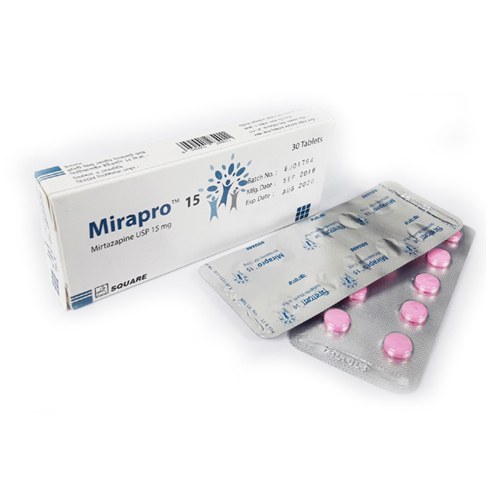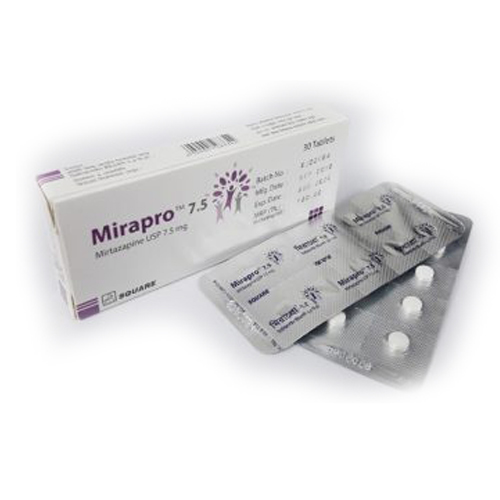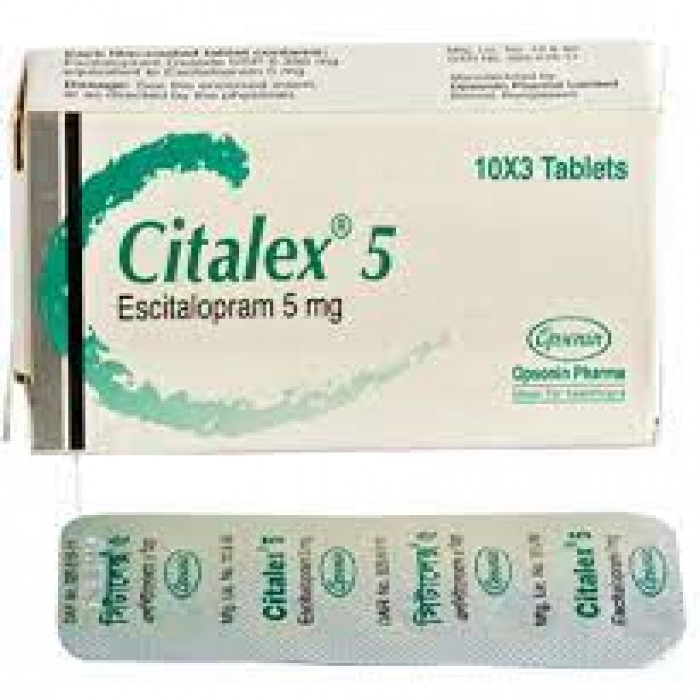
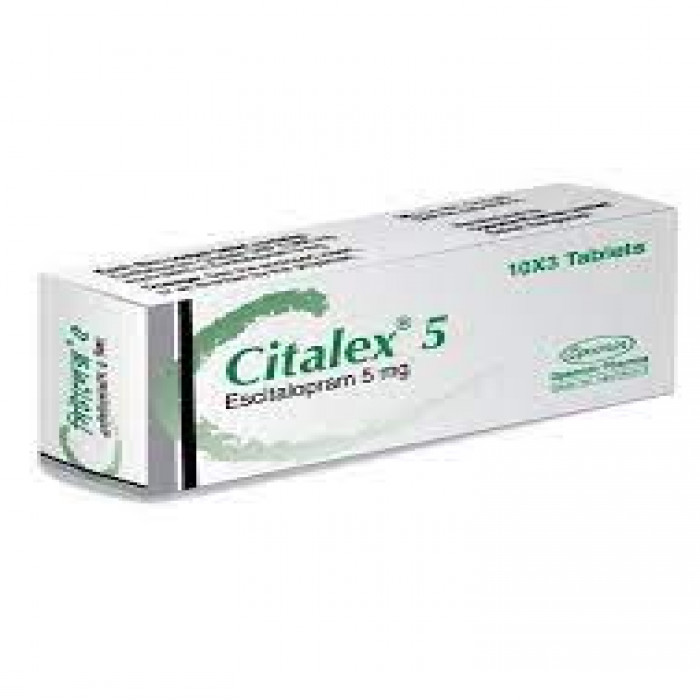
✔ 100% Authentic Product
👁️ Currently Viewing 3122
Citalex 5mg Tablet 10Pcs
Tablet Manufacturer/Distributor: Opsonin Pharma Limited Generic Name: Escitalopram 5 mg Tablet
📄Prescription Required
Discount
Price: ৳ 57
MRP:
৳
60
5%
Off

100% Genuine Products, Guaranteed

Safe & Secure Payments, Always

Fast, Secure & Efficient Delivery

Proper Packaging
 Cash on Delivery - All over Bangladesh
Cash on Delivery - All over Bangladesh Regular Delivery - 12-24 Hours, Dhaka City* Charge Tk.39-59
Regular Delivery - 12-24 Hours, Dhaka City* Charge Tk.39-59 Regular Delivery - 24-48 Hours, Other Cities* Charge Tk.99-110
Regular Delivery - 24-48 Hours, Other Cities* Charge Tk.99-110
 ফ্রি ডেলিভারিঃ - ৯৯৯ টাকা+ অর্ডারে, ঢাকা
শহরে
ফ্রি ডেলিভারিঃ - ৯৯৯ টাকা+ অর্ডারে, ঢাকা
শহরে ফ্রি ডেলিভারিঃ - ২৯৯৯ টাকা+ অর্ডারে, ঢাকার
বাহিরে
ফ্রি ডেলিভারিঃ - ২৯৯৯ টাকা+ অর্ডারে, ঢাকার
বাহিরে
100% Genuine Products, Guaranteed
Safe & Secure Payments, Always
Fast, Secure & Efficient Delivery
Proper Packaging
 Cash on Delivery - All over Bangladesh
Cash on Delivery - All over Bangladesh Regular Delivery - 12-24 Hours, Dhaka City* Charge Tk.39-59
Regular Delivery - 12-24 Hours, Dhaka City* Charge Tk.39-59 Regular Delivery - 24-48 Hours, Other Cities* Charge Tk.99-110
Regular Delivery - 24-48 Hours, Other Cities* Charge Tk.99-110 ফ্রি ডেলিভারিঃ - ৯৯৯ টাকা+ অর্ডারে, ঢাকা
শহরে
ফ্রি ডেলিভারিঃ - ৯৯৯ টাকা+ অর্ডারে, ঢাকা
শহরে ফ্রি ডেলিভারিঃ - ২৯৯৯ টাকা+ অর্ডারে, ঢাকার
বাহিরে
ফ্রি ডেলিভারিঃ - ২৯৯৯ টাকা+ অর্ডারে, ঢাকার
বাহিরে
✅ Description:
Indications of Citalex 5 Tablet
The use of escitalopram oxalate in the treatment of major depressive episodes is recommended.
Treatment for panic disorder that includes or excludes agoraphobia.
Social anxiety disorder treatment (social phobia).
Generalized anxiety disorder (GAD) is treated.
Obsessive-compulsive disorder treatment.
Pharmacology of Citalex 5 Tablet
Vildagliptin is a dipeptidyl peptidase 4 (DPP4) inhibitor, which is believed to function in patients with type 2 diabetes by delaying the inactivation of incretin hormone. Incretin hormones, including glucagon-like peptide 1 (GLP1) and glucose-dependent insulinotropic polypeptide (GIP), are released from the intestines throughout the day, and their levels increase with meals. These hormones are quickly inactivated by the DPP4 enzyme. Incretin is a part of the endogenous system involved in the physiological regulation of glucose homeostasis. When blood glucose levels are normal or elevated, GLP1 and GIP increase insulin synthesis and pancreatic β-cell release through intracellular signaling pathways involving cyclic AMP. GLP1 also reduces the secretion of glucagon from pancreatic alpha cells, thereby reducing hepatic glucose production. By increasing and prolonging the level of active incretin, vildagliptin increases the release of insulin in a glucose-dependent manner and reduces the level of glucagon in the circulation.
Dosage & Administration of Citalex 5 Tablet
Safety of daily doses above 20 mg has not been demonstrated. Escitalopram Oxalate is administered as a single daily dose and may be taken with or without food.
Major depressive episodes: Usual dosage is 10 mg once daily. Depending on individual patient response, the dose may be increased to a maximum of 20 mg daily. Usually, 2-4 weeks are necessary to obtain an antidepressant response. After the symptoms resolve, treatment for at least 6 months is required for consolidation of the response.
Panic disorder with or without agoraphobia: An initial dose of 5 mg is recommended for the first week before increasing the dose to 10 mg daily. The dose may be further increased, up to a maximum of 20 mg daily, dependent on individual patient response. Maximum effectiveness is reached after about 3 months. The treatment lasts several months.
Social anxiety disorder: Usual dosage is 10 mg once daily. Usually, 2-4 weeks are necessary to obtain symptom relief. The dose may subsequently, depending on individual patient response, be decreased to 5 mg or increased to a maximum of 20 mg daily. Social anxiety disorder is a disease with a chronic course, and treatment for 12 weeks is recommended to consolidate response. Long-term treatment of responders has been studied for 6 months and can be considered on an individual basis to prevent relapse; treatment benefits should be re-evaluated at regular intervals. Social anxiety disorder is a well-defined diagnostic terminology of a specific disorder, which should not be confounded with excessive shyness. Pharmacotherapy is only indicated if the disorder interferes significantly with professional and social activities. The place of this treatment compared to cognitive behavioural therapy has not been assessed. Pharmacotherapy is part of an overall therapeutic strategy.
Generalised anxiety disorder: Initial dosage is 10 mg once daily. Depending on the individual patient response, the dose may be increased to a maximum of 20 mg daily. Long term treatment of responders has been studied for at least 6 months in patients receiving 20 mg/day. Treatment benefits and dose should be re-evaluated at regular intervals.
Obsessive-Compulsive Disorder: Initial dosage is 10 mg once daily. Depending on the individual patient response, the dose may be increased to a maximum of 20 mg daily. As OCD is a chronic disease, patients should be treated for a sufficient period to ensure that they are symptom-free. Treatment benefits and dose should be re-evaluated at regular intervals.
Escitalopram should generally be administered once daily, morning or evening with or without food.
Interaction of Citalex 5 Tablet
Antidepressants such as SSRIs and related antidepressants should not be begun for at least two weeks after quitting an MAOI. An MAOI, on the other hand, should not be taken until at least one week after an SSRI or similar antidepressant has been discontinued (2 weeks in the case of paroxetine and sertraline, at least 5 weeks in the case of fluoxetine).
Contraindications
Escitalopram is not recommended for patients who have a known hypersensitivity to Escitalopram, Citalopram, or any of the drug's inactive components. It's not a good idea to take escitalopram and monoamine oxidase/pimozide at the same time.
Side Effects of Citalex 5 Tablet
Compared to tricyclic antidepressants, SSRIs have less sedative effects and less antimuscarinic and cardiotoxic effects. Side effects of SSRIs include gastrointestinal reactions (dose-related and fairly common including nausea, vomiting, indigestion, abdominal pain, diarrhea, and constipation), anorexia accompanied by weight loss (increased appetite and weight gain), and reactions allergic. Including skin rash, urticaria, angioedema, allergic reactions, arthralgia, myalgia and photosensitivity; other side effects include dry mouth, tension, anxiety, headache, insomnia, tremor, dizziness, fatigue, hallucinations, drowsiness, seizures, galactorrhea, sexual dysfunction, urinary retention, sweating, hypomania or mania, dyskinesia and dyskinesia, visual disturbance.
Pregnancy & Lactation
When treating a pregnant woman with Escitalopram during the third trimester, the physician should carefully consider the potential risks and benefits of treatment. It is excreted in human breast milk. The decision whether to continue or discontinue either nursing or Escitalopram therapy should take into account the risk of citalopram exposure for the infant and the benefits of Escitalopram treatment for the mother.
Precautions & Warnings
SSRIs should be used with caution in patients with epilepsy (avoid if poorly controlled, discontinue if convulsions develop), concurrent electroconvulsive therapy (prolonged seizures have been reported with fluoxetine), history of mania, cardiac disease, diabetes mellitus, angle-closure glaucoma, concomitant use of drugs that increase bleeding risk, and history of bleeding disorders (especially gastro-intestinal bleeding).
Storage Conditions
Store below 30°C temperature and protect from light & moisture. Keep the medicine out of the reach of children.
⚠️Disclaimer:
At ePharma, we’re committed to providing accurate and accessible health information. However, all content is intended for informational purposes only and should not replace medical advice from a qualified physician. Please consult your healthcare provider for personalized guidance. We aim to support, not substitute, the doctor-patient relationship.




